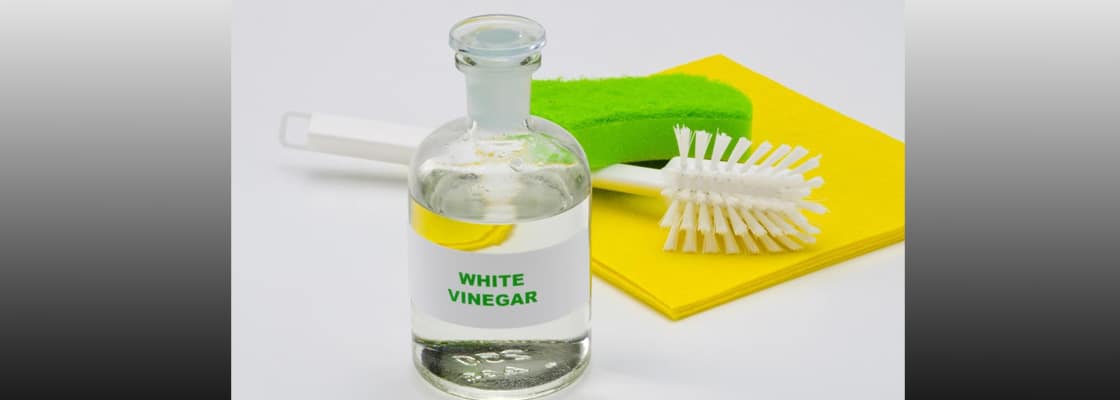4 CHEAP WAYS TO LIVE HEALTHIER
Thanks to advances in science and technology—as well as the advent of social media, we know more now about healthy living than ever before.
And here’s the best news: It doesn’t have to break the bank.
Here are four frugal ways to live healthier…
-
Visit Your Locals Farmers Market
Local produce tastes better, lasts longer, and is more nutrient-dense. “Locally grown produce is fresher and therefore more nutritious than produce trucked in from across the country or from around the globe,” says Kim Hutchinson, PhD, MBA, executive director of the Virginia Farmers Market Association. Furthermore, shopping local better enables you to eat what’s in season, which some nutritionists and scientists recommend because it’s better for you. Think about it: Humans ate seasonal produce for thousands of years before refrigerated shipping changed all that. Lastly, wouldn’t it give you peace of mind to know firsthand where your food comes from? Says Diane Eggert, executive director of the Farmers Market Federation of New York, “You can ask questions of the farmer that will help you to feel comfortable with the foods you are feeding your family.”
-
USE SULFATE-FREE SOAP
Have you heard of sodium lauryl sulfate, also known as SLS? Even if you haven’t, you already know what SLS does: It’s an extremely common ingredient in personal care products that allows cleansing products to foam and create suds. And it’s in nearly EVERYTHING, including body washes, soaps, shampoos, toothpastes and laundry detergent. SLS has been linked to cancer, neurotoxicity, organ toxicity, skin irritation and endocrine disruption. Now, to be fair, there have been countless studies on SLS, and some researchers insist that “regular” exposure to SLS (whatever that means) is not the problem; rather it’s the gradual, cumulative effects of long-term, repeated exposures that pose real concern. But nowadays, many consumers—particularly those who suffer from allergies and/or eczema—aren’t taking any chances and now sing the praises of having switched to SLS-free soaps and shampoos, which are readily available now at retailers such as Walmart, Walgreens, CVS, Marshalls, and even Dollar Tree.
-
GET A HOUSEPLANT (OR SEVERAL)
When we breathe, our body takes in oxygen and releases carbon dioxide. During photosynthesis, plants absorb carbon dioxide and release oxygen. This opposite pattern of gas use makes plants and people natural partners. Adding plants to interior spaces can increase oxygen levels. Plants release moisture vapor (roughly 97 percent of the water they take in), which increases humidity of the air around them. So, placing several plants together can increase the humidity of a room, which helps keeps respiratory distresses at bay. Studies at the Agricultural University of Norway document that using plants in interior spaces decreases the incidence of dry skin, colds, sore throats and dry coughs. If you don’t have a green thumb, relax. There are plenty of low-maintenance houseplants to consider, including a snake plant, aloe vera, ficus, and more. For a complete list of The 15 Easiest Houseplants That Won’t Die On You, click here.
-
BUY A YOGA MAT
You don’t have to become a yogi. You don’t even have to commit to establishing a full-blown yoga practice (Although, if you did, you’d surely reap a ton of benefits). Simply buy a yoga mat. Get an inexpensive one from the discount store Five Below. Or, if you can afford to spend a little more, go to TJ Maxx and spring for a twenty-dollar mat (which typically retails for twice as much). Just make an effort to unroll your mat a couple times a week. Do sit-ups on it. Or sit on your behind, bend forward, and touch your toes for a count of 20. Do something. Anything. If you do this with even a modicum of consistency, you will come to look forward to the time you spend on your mat. And your body—and overall health—will thank you.
Here’s to healthier living…with money to spare.













